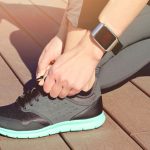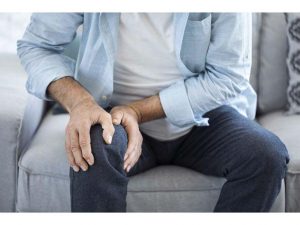
While kids get some benefit from using digital and social media, such as early learning and exposure to new ideas, too much of it can negatively affect their health, sleep and eating habits, and even their attention span. But ruling out all media usage isn’t the answer either. An approach suggested by the American Academy of Pediatrics can help you strike the right balance. It involves writing up a family media use plan that everyone agrees on and follows. The idea is for parents and children to adapt Academy-recommended guidelines on screen time, including TV, cellphones, computers, tablets and even smartwatches. This will include deciding on screen-free areas around the house such as the dining room, time limits on use, what time gadgets need to be turned off — and even where to charge equipment. It’s key for restorative sleep for all family members that no one sleep with any devices in their bedrooms and all use should stop at least one hour before bedtime. A family plan should include all key lifestyle habits, from getting an hour of exercise every day to getting the age-appropriate hours of sleep. You can create your own schedule or fill out the “Family Media Use Plan” on the Academy’s website. It lets you plug in your kids’ daily activities and determine how much time is available for media… read on >






































